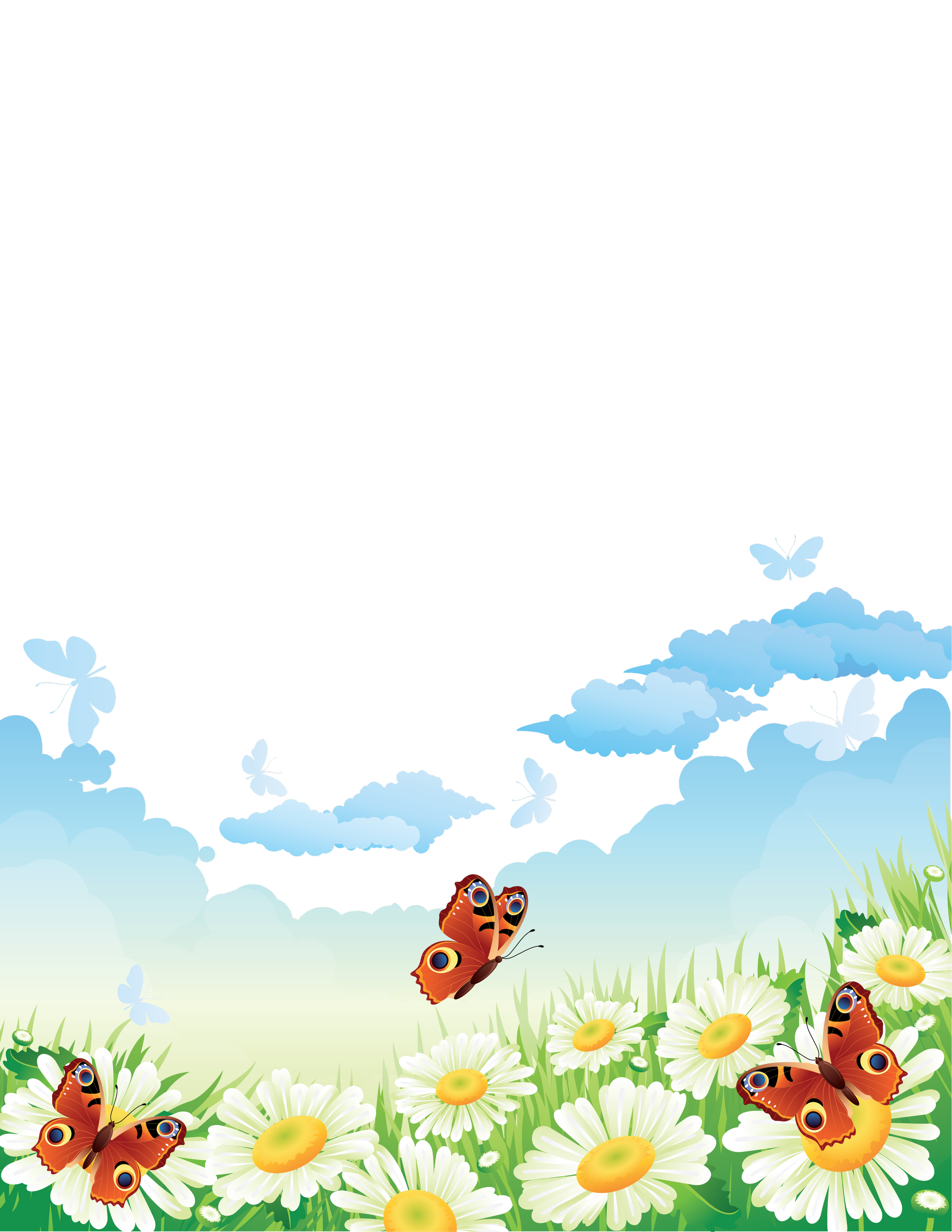
Pollinator Fair
Take a minute to write an introduction that is short, sweet, and to the point.

What is pollen? Pollen is a fine powder produced by certain plants.
Pollination is when pollen is transferred from the male part of the flower (anther) to the female part of the same or another flower (stigma). This is the first step in a process that produces seeds, fruits, and the next generation of plants.
A pollinator is by pollinating animals such as birds, bats, butterflies, moths, beetles, or other animals, or by the wind and, most importantly, bees. They visit flowers to drink nectar or feed off of pollen and transport pollen grains as they move from spot to spot.
Why does this matter?
Nearly all flowering plants need help with pollination – they need pollinators. Pollinators spread pollen to different plant species and even crops. That means that one out of every three bites of food you eat is because of pollinators. Pollinators also support healthy ecosystems that clean the air, stabilize soils, protect from severe weather, and support other wildlife.
Insects are the bedrock of our entire ecosystem (birds, lizards, frogs, and other wildlife). Without insects, the birds, fish, and small mammals that depend on them decline; if they decline, the entire food web and local ecosystem is affected.
What is a pollinator?
Why does this matter?
Nearly all flowering plants need help with pollination – they need pollinators. Pollinators spread pollen to different plant species and even crops. That means that one out of every three bites of food you eat is because of pollinators. Pollinators also support healthy ecosystems that clean the air, stabilize soils, protect from severe weather, and support other wildlife.
Insects are the bedrock of our entire ecosystem (birds, lizards, frogs, and other wildlife). Without insects, the birds, fish, and small mammals that depend on them decline; if they decline, the entire food web and local ecosystem is affected.
Pollinator populations are in decline primarily to a loss of feeding and nesting habitats. Pollution, the misuse of chemicals, disease, and changes in climatic patterns are all contributing to shrinking and shifting pollinator populations.
You can help!

